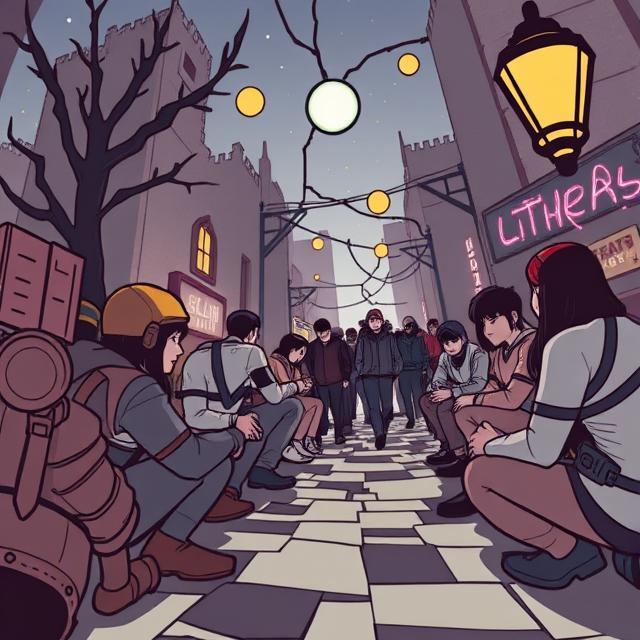Alternate Reality Games (ARGs) blur the line between fiction and reality. Unlike traditional games, ARGs use real-world platforms—websites, phone numbers, emails, social media, and physical spaces—to tell stories that spill into everyday life.
One of the earliest and most influential ARGs was I Love Bees, tied to Halo 2. What began as a mysterious website turned into a sprawling narrative that involved real-world phone calls, live meetups, and cryptic puzzles. Players weren’t just watching a story—they were solving it, living it.
The Year Zero ARG (by Nine Inch Nails) and Cicada 3301 (an unsolved internet puzzle) also captured global attention. These ARGs reward deep investigation, collaboration, and pattern recognition. They build communities around discovery.
ARGs often use:
- Viral marketing as narrative
- Transmedia storytelling across platforms
- Real-time participation with evolving storylines
- Player agency as a core mechanic
In the indie space, games like Her Story and Telling Lies borrow ARG techniques—asking players to piece together truth from fragmented, real-feeling media.
The strength of ARGs lies in their immersion. They don’t ask players to believe—they ask them to participate. But their complexity and commitment requirements mean they remain niche, often inaccessible to casual audiences.
Still, ARGs push the boundaries of storytelling. They transform narrative into something lived, not just played—and that’s the frontier of immersion.

Leave a Reply